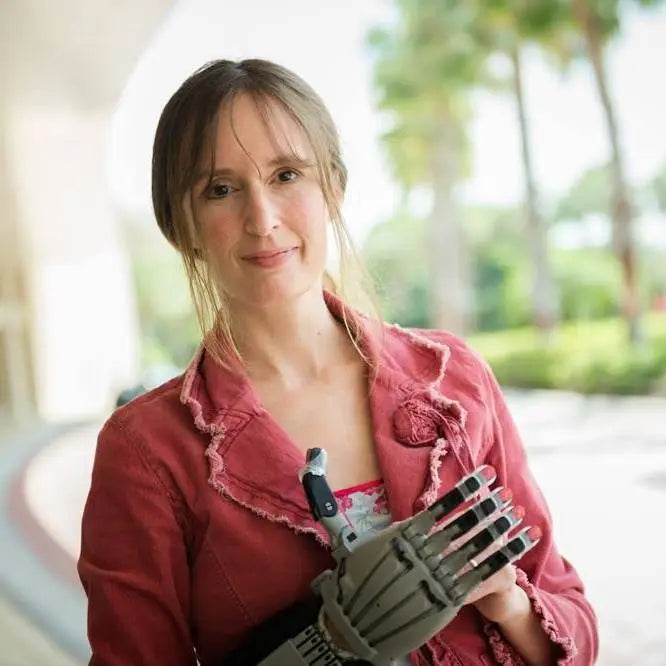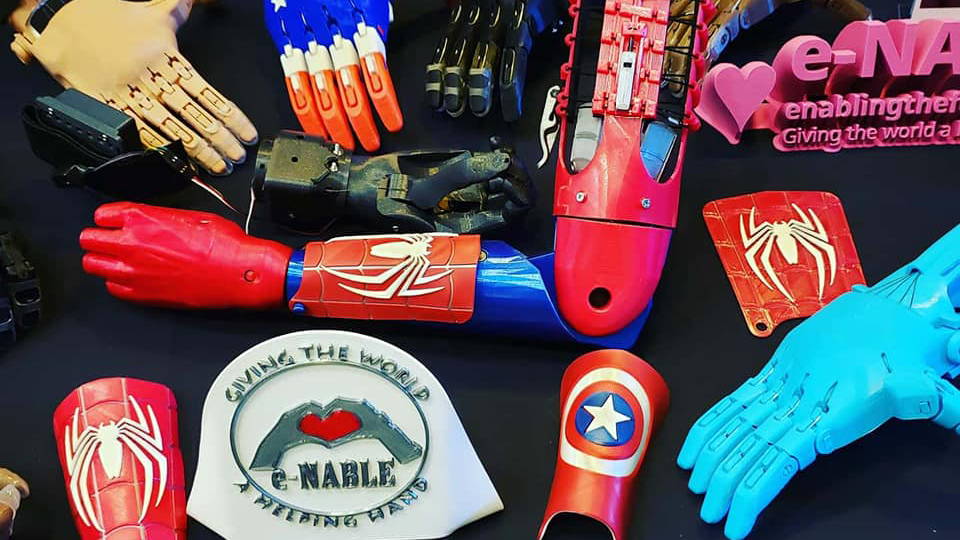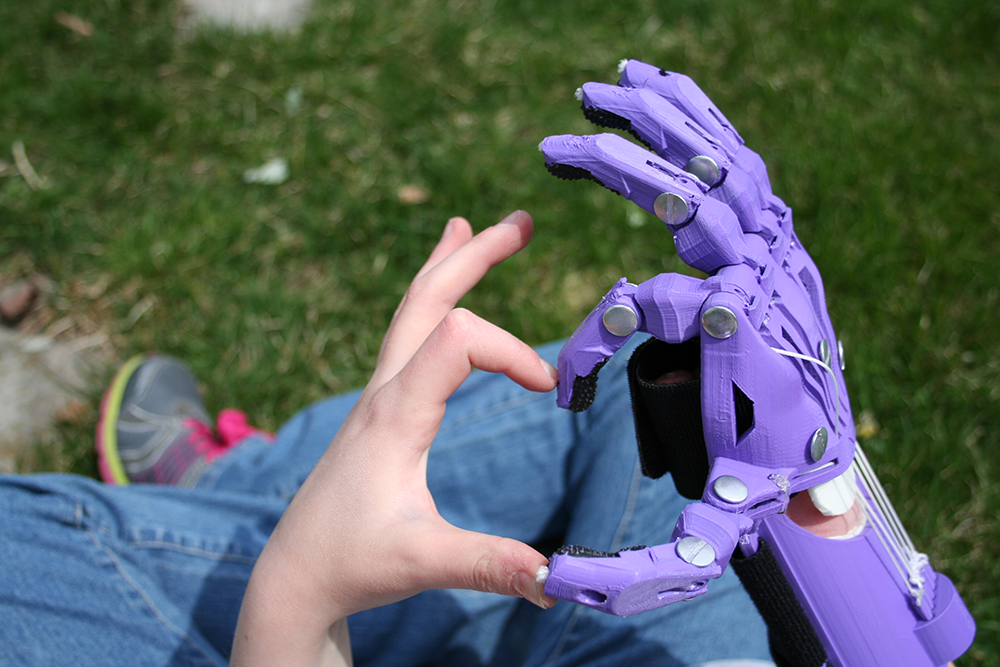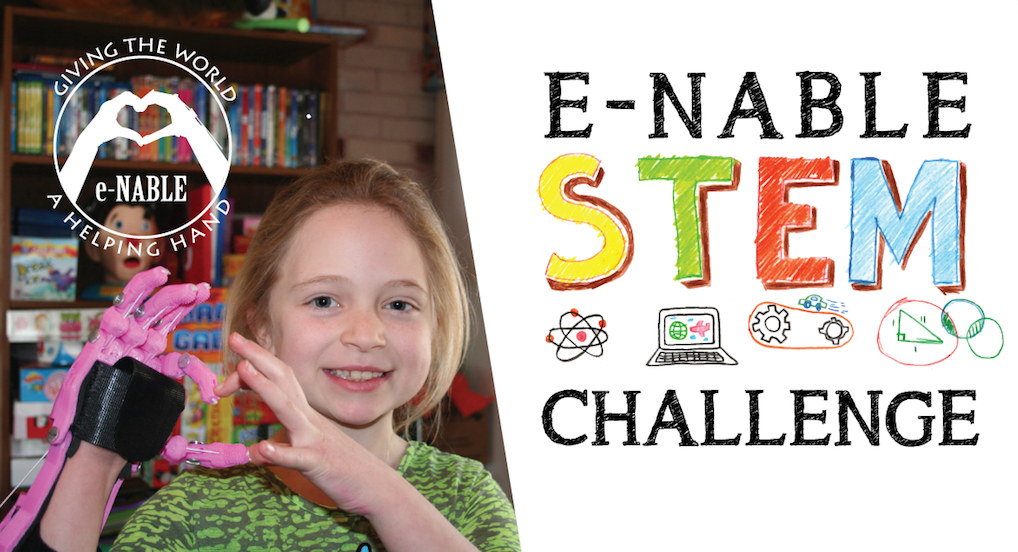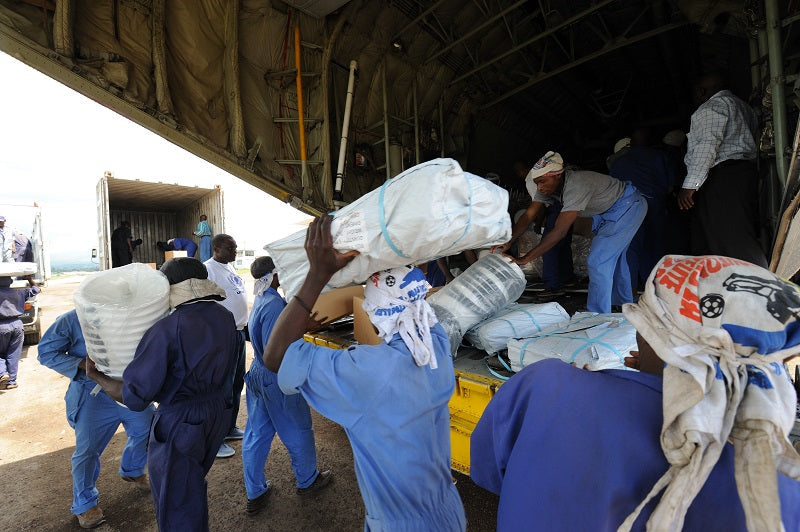3D Printing is Saving Animals' Lives
June 08, 2023
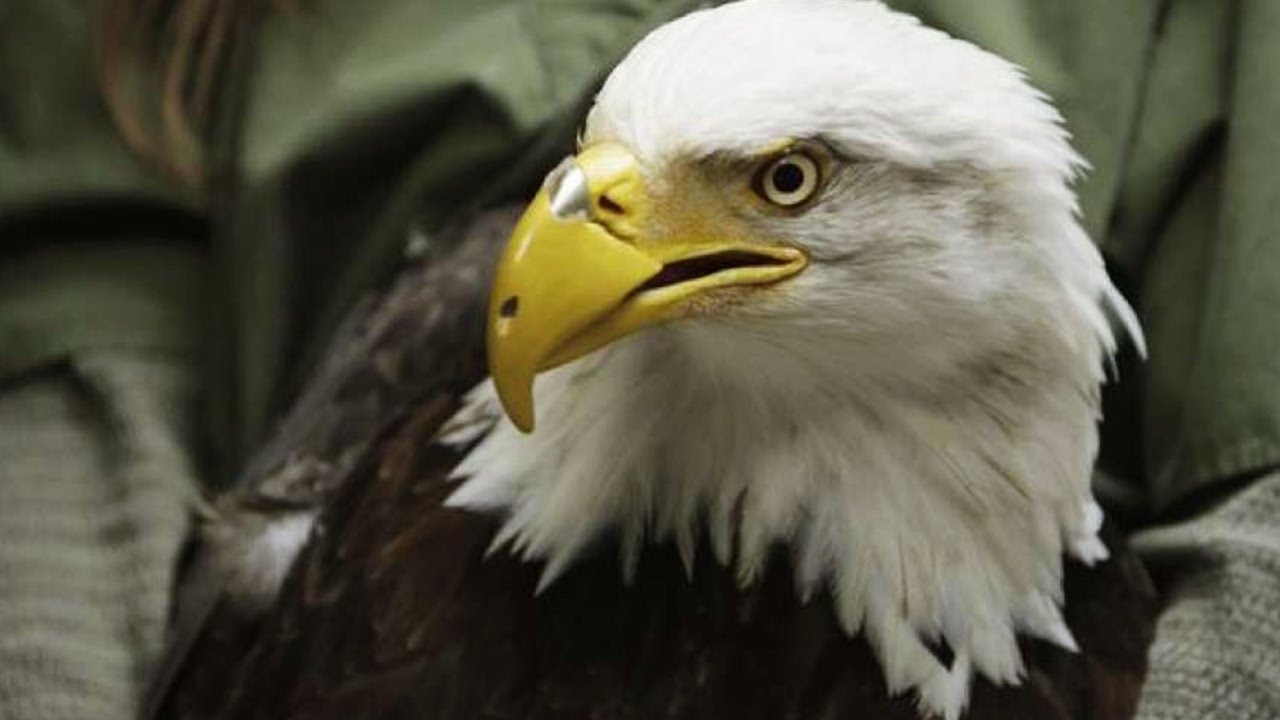
A lot of people don’t think about how animals, both domesticated and wild, can benefit from prosthetics. In many cases, animals who were born without limbs or who have lost body parts in accidents or through disease, are often euthanized. Now, 3D printing is saving animals’ lives.
Prosthetics might include artificial limbs for dogs, sea life, birds and other species but there are only ten known animal orthotists in the world. This means that the realm of animal prosthetics is one ripe for disruption – and 3D printing can be helpful.
For veterinary purposes, 3D printing is even more useful than with humans. For example, all replacement hands are vaguely similar, and prosthetic design has been finely tuned.
When we start dealing with animals, not only do we have multiple species, but the size variations can be extreme. A prosthetic leg for a Great Dane is quite different from one for a Dachshund.
Historically, dogs and cats that have lost a limb have been expected to manage on just three. In some cases, animals have been euthanized because there was no way to restore their mobility or their ability to eat properly.
Here are some examples:
Vitoria Gets her Smile Back with a 3D Printed Beak

Vitoria was a graylag goose dropped off at an animal rescue center with most of her beak missing. This left the poor goose unable to eat and dependent on humans.
Enter…a dentist.
Yes, they hired a dentist who was able to use the 3D printer he was using for dental work to create a new beak for Vitoria. It took a couple of attempts, but they were able to release her into the wild.
3D printing is ideal for replacing or repairing damaged beaks (which do not grow back). The beaks have to be properly colored, or the birds will be rejected by potential mates and shunned by bird society.
Beauty and the 3D Printed Beak

Other recipients of bill prosthetics include a hornbill in Singapore and Beauty, a bald eagle in Alaska.
Beauty has a gorgeous children’s book written about her called, “How Science, Technology, and a 3D-Printed Beak Rescued a Bald Eagle” and the authors also offer a free downloadable STEM educational guide.
“Beauty the Bald Eagle was shot, rescued and received a pioneering, 3D-printed prosthetic beak. She has been featured on Nat Geo WILD around the world and in news stories worldwide.
Birds of Prey Northwest
Beauty and the Beak follows Beauty close-up from the moment she uses her baby beak to emerge from her egg, through her hunt when she uses her powerful adult beak to feed herself, to the day her beak is shot off by a poacher leaving her helpless.
This true, heart lifting story continues through her rescue, into months of engineering her prosthetic beak and intense hours of surgery, to the moment she takes the first drink of water by herself with her new beak.”
Stubbs Gets Less Stubby Thanks to 3D Printing

Ten years ago a trailer full of alligators was confiscated. Most were released, but the Phoenix Herpetological Society took in Stubbs, who had lost his tail, likely in a fight with another gator. Because measuring a full grown and possibly none too happy alligator seemed unwise, they used a 3D scanner to measure his stump.

Because of the size and the needed material (silicone), the tail was made using a 3D printed mold. He’ll probably still have to live out his life in a sanctuary, but he can at least swim now. Other reptiles have also received prosthetics, but tails are unusual.
3D Printed Tortoise Shells

A number of turtles and tortoises have received new, 3D printed shells. Shells tend not to naturally repair themselves. Some of the patients were born with deformities but in most cases they have lost them due to accident, disease or unfortunate interactions with humans.
Fred, an adorable little tortoise from Brazil, was given the world’s first 3D printed shell after she survived a forest fire. She was missing 85% of her shell and suffered burns over most of her body.
After being burned in the fire, Fred also survived two bouts of pneumonia and an estimated 45 days without food before she was discovered by the volunteer group called ‘Animal Avengers’ who then gave her the name Fred.
“It took about 40 photos
– https://www.sciencealert.com/. We took a healthy animal, took the same 40 photos, reconstructed that animal in 3D and put it into the computer,” said graphic designer Cicero Moraes.
The design was then printed out using a desktop printer in four individual, jigsaw-like puzzle pieces that fit together around Fred to create a complete shell.”
She won’t be able to return to the wild because tortoises live a very long time and Fred will likely outlive her replacement shell and need another one.

Cleopatra is another example of how 3D printing is saving animal’s lives.
She was living with a condition that causes thinning of the shell brought on by poor nutrition when owners do not understand how to feed their pets properly. A thinning shell can lead to severe and sometimes deadly infections.
Nicola “Nico” Novelli, the founder of Canyon Critters, took Cleopatra in and remedied her poor nutrition problem but also wanted to protect her thinning shell. He worked with the Colorado Technical University and a 3D printing store to create a customized cover for Cleopatra to create a barrier from infection or harm from other tortoises.
Limb Different Dogs and 3D Printed Prosthetics
Some dogs are born with something missing…their front legs. This gorgeous husky named Derby is one such, but check out how well he runs on his prosthetics. They’re designed to allow him to go fast, and are similar to the blades worn by some human athletes.
3D printing has been used to make prosthetics for dogs like Derby as well as custom “wheelchairs” that help them chase the mail carrier in style!

TurboRoo is a tiny Chihuahua who was born missing his 2 front legs.
“Mark Deadrick, president of 3dyn, saw TurboRoo’s call for wheels on the Internet and designed a small wheeled cart, estimating the size from online photos. He 3d printed the model, slapped on some Rollerblade wheels, and sent the cart to TurboRoo’s owner. Now the wee doggie is scooting along on a free, fully hackable set of super-legs.”
Techcrunch.com
Some dogs are even getting prosthetics printed in maker labs at the local library (many libraries charge only the cost of the filament, making this an amazing option for shelters and lower-income owners).
Even better, this dog, Tiny, is not just going to have a better quality of life, but she’ll be able to help her human get one too – as a service dog.
3D Printing is for the Birds

We started with beaks, but artificial limbs can help birds too. One of the most famous examples is Bagpipes the Penguin. This poor little guy had been struggling around a zoo in New Zealand for years when, in 2016, he was given his 3D printed foot. The biggest challenge: He wouldn’t stay still to be scanned.
New feet have been fitted to a wide range of birds, including pet ducks and chickens as well as wild birds in zoos or sanctuaries.

e-NABLE Germany Volunteer, Lars Thalmann, created a prosthetic leg for a bird of prey, named Söckchen, who was in need of a “helping…foot.”
Söckchen, which means “Little Sock” in German, is a 3 year old secretary bird who lives at the Weltvogelpark Walsrode sanctuary in Walsrode, a town in northwestern Germany. Usually found in South Africa, the secretary bird looks a bit like a crane and unlike other raptors, has long legs and only flies when it has to.
“Söckchen is a very nice bird, very kind and like a pet to the keepers. When they discovered that this bird was injured they were heartbroken and when I told them that I thought I could help, the trainers cried again, but this time because of joy! German Alonso told me that in his over 15 years of animal keeping, he never imagined that a bird the size of Söckchen could get a prosthesis.”
Lars Thalman – e-NABLE Germany
Again, these prosthetics can be printed on home printers or those in your school or library.
Helping Horses with 3D Printing

The racing industry has been experimenting with custom 3D-printed titanium horseshoes as a way to improve performance. However, farriers are also turning to 3D printing as a way to help horses with foot problems.
For example, horses recovering from laminitis, which causes rotation of the bones within the foot, need special shoes to help take the pressure off the parts of the foot that hurt, allowing them to move and recover. Similar techniques could be used to help straighten club feet in foals, but it’s mostly the prospect of better recovery from laminitis that has horse people excited.

And while full-sized horses are too heavy for current prosthetic materials, a number of miniature horses have successfully been fitted with prosthetic feet that allow them to lead an almost normal life.
3D Printing is Saving Animals’ Lives

3D printing has amazing potential for helping animals in the future. The ability to make a completely custom prosthetic very cheaply is vital, and as the technology develops and spreads into new materials, even more animals (and their owners) will be able to be helped. The sight of a dog with one or two prosthetic legs may become as common as seeing humans with replacement limbs.
If you have a 3D printer in your classroom, then consider reaching out to animal shelters, zoos, and the local community. The challenge of making a prosthetic for an animal can be a great learning experience and there is nearly nothing better than seeing a disabled animal able to walk, feed, or move normally again.
To find out more about how 3D printers can help animals and improve learning, contact 3D Universe today.
